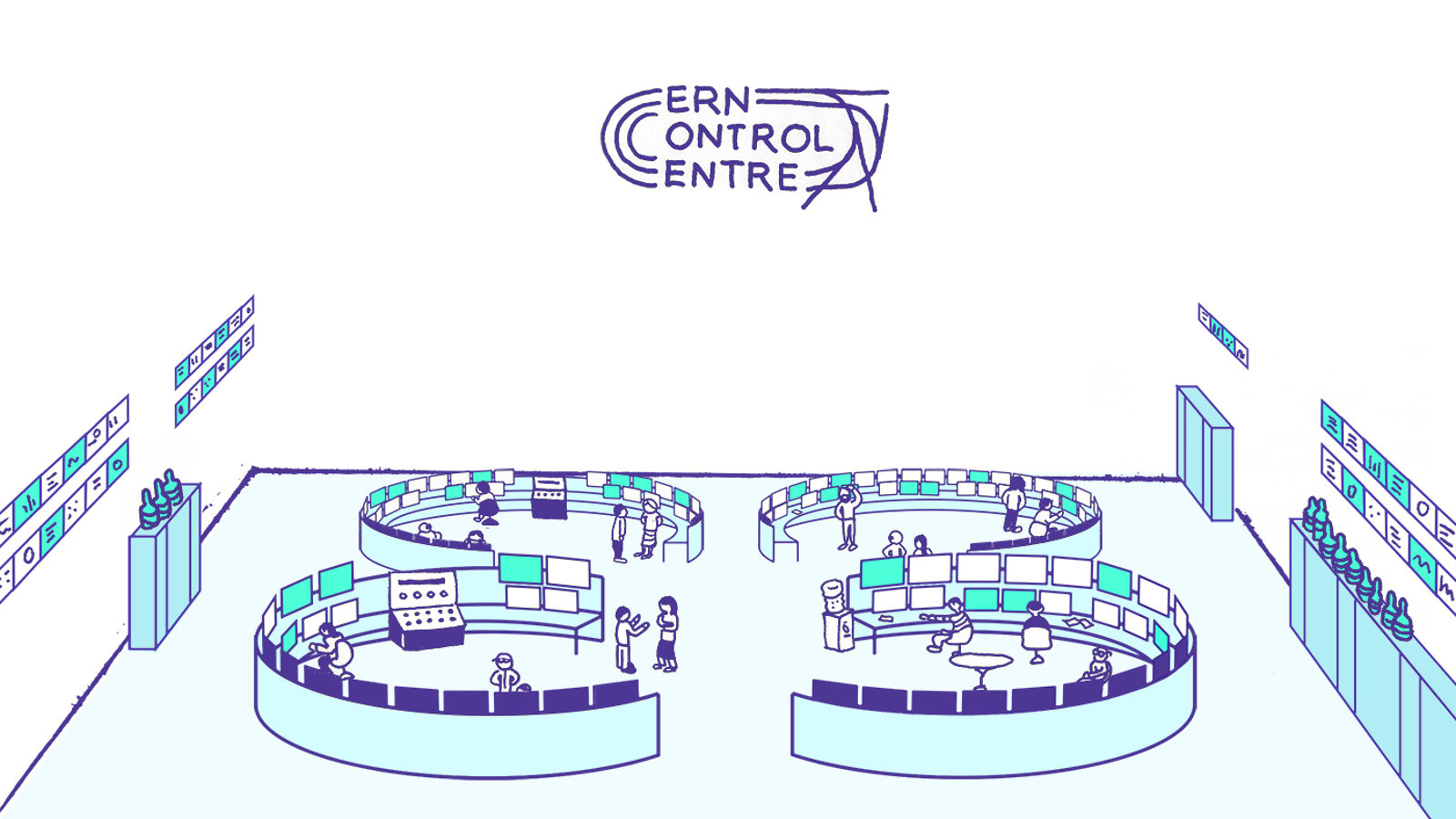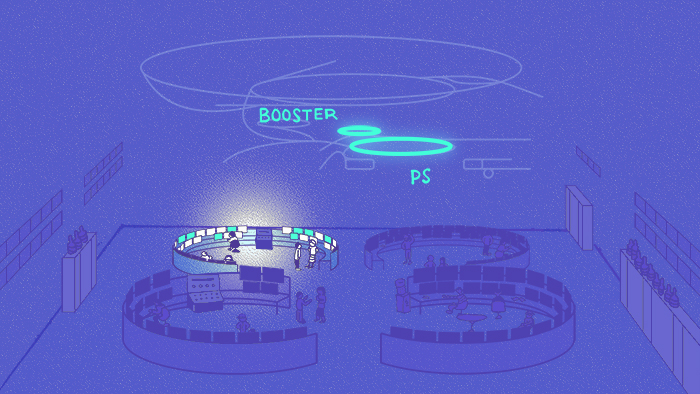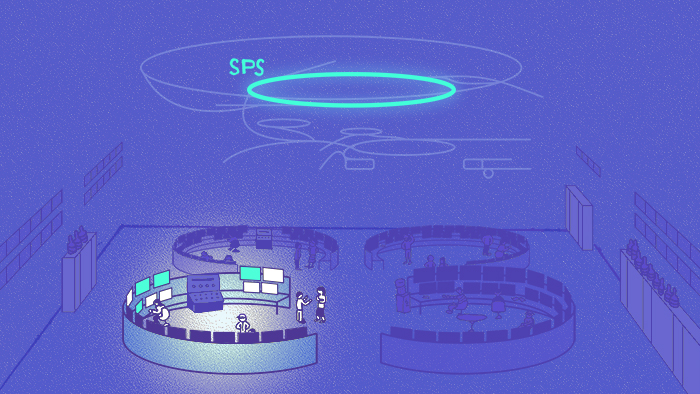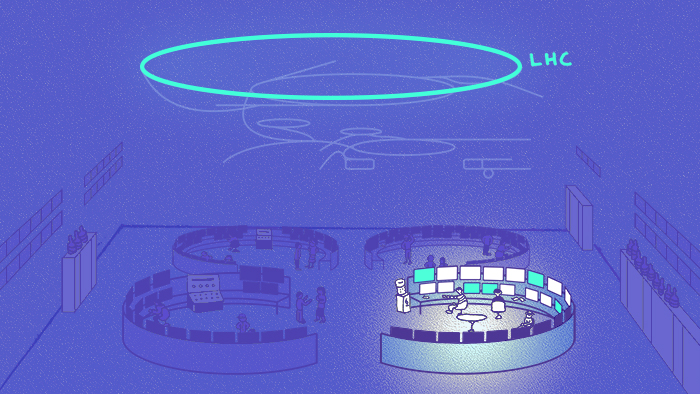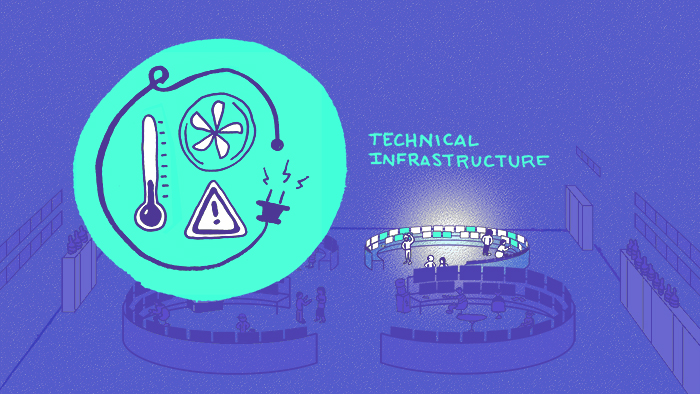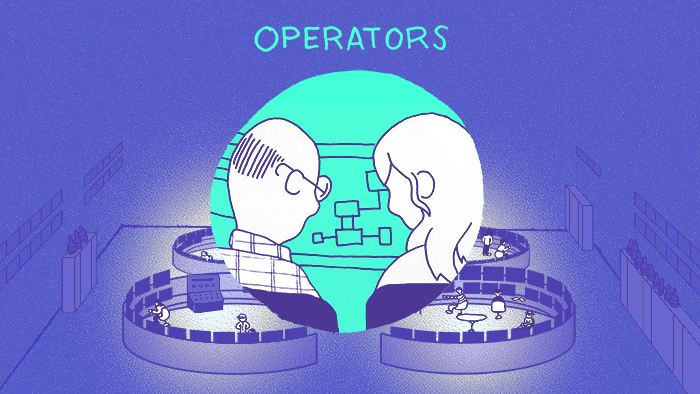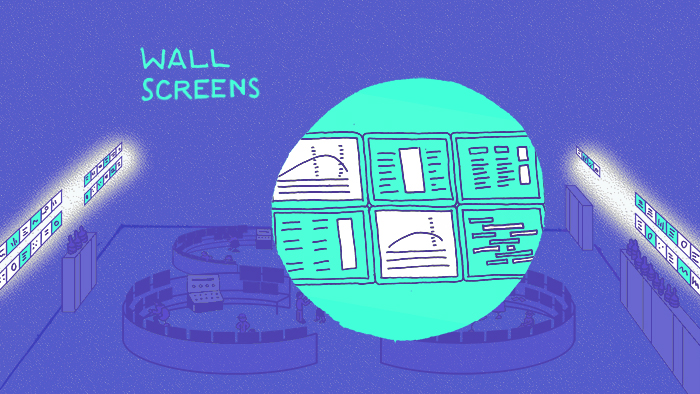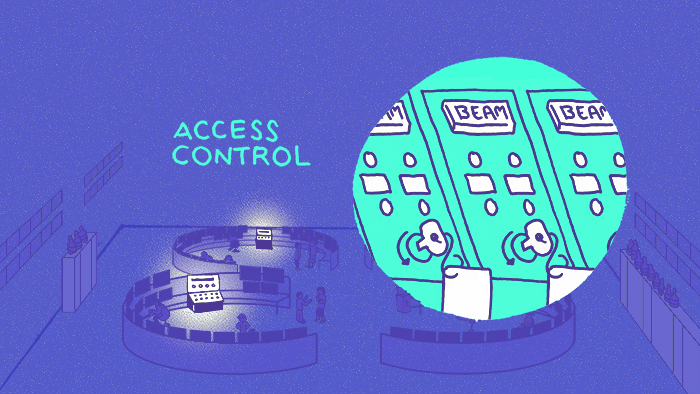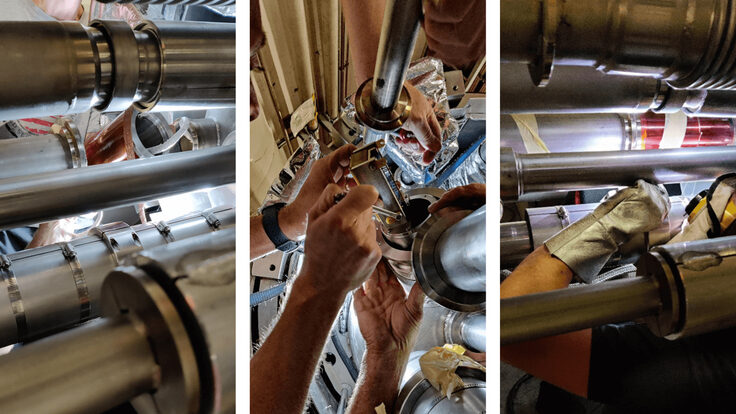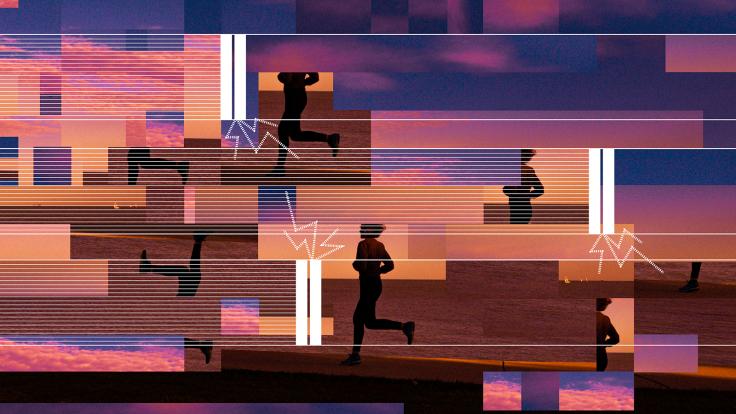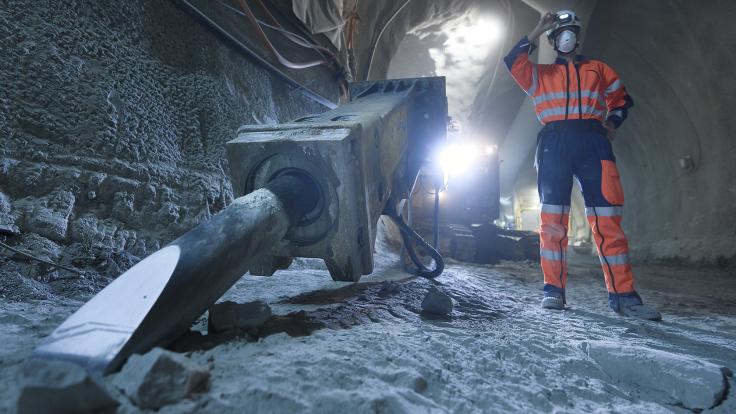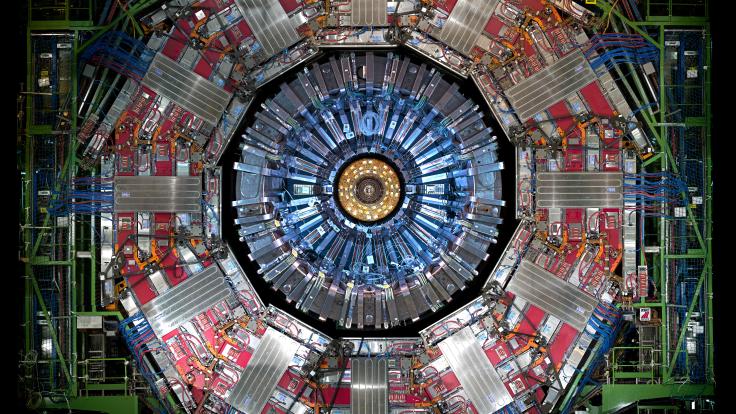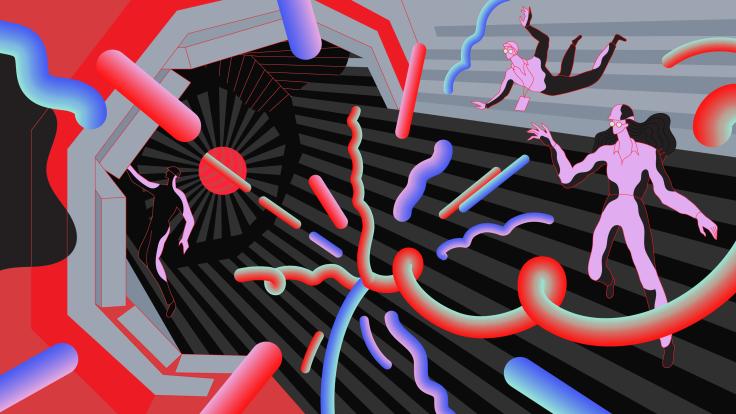CERN is more than just the Large Hadron Collider. A complex network of beam lines feeds particles from one accelerator to the next, gradually ramping up their energy along the way.
Before reaching the LHC, protons must first zip from the source, down a linear accelerator (Linac2), and through a series of other accelerators (the Proton Synchrotron Booster, the Proton Synchrotron and the Super Proton Synchrotron). Ions accelerated at CERN have their own unique journey through another set of accelerators that eventually bring them to the PS, SPS and finally, the LHC.
At one point, each of CERN’s accelerators had its own team and its own control room—which made communication between the different accelerators cumbersome, says Mike Lamont, the Beam Department’s head of operations. “The guys running the SPS would have to push an intercom to communicate with the PS.” So, during the construction of the LHC, the control rooms were brought together into one room. The CERN Control Centre was born.
If the accelerator complex is CERN’s nervous system, then the CCC is its brain. Let us take you on a tour of one of the most important rooms at CERN.
The islands
The CCC is made up of four “islands,” each a circular arrangement of consoles and displays. Each island hosts the controls for a set of machines.
PS and Booster island
This island controls the Proton Synchrotron (PS) and Booster, two of the oldest accelerators at CERN. The PS was CERN’s flagship machine when it accelerated its first protons in 1959. Now it passes its particles on to the Super Proton Synchrotron, which feeds particles either to the LHC or a number of fixed-target experiments. The PS also serves a number of other users, which include the anti-proton decelerator (the AD) and a neutron experimental facility (nTOF).
SPS island
This island controls the Super Proton Synchrotron, the second largest accelerator in CERN’s complex. It ramps up the energy of protons and ions before diverting them to fixed-target experiments or injecting them into the LHC.
LHC island
This island controls CERN’s largest and most powerful accelerator, the Large Hadron Collider. It’s the end of the line for particles that are about to get the ride of a lifetime. The LHC accelerates protons or ions to even higher energies and drives them into collisions in the center of the massive detectors of the ATLAS, ALICE, CMS and LHCb experiments.
Technical infrastructure island
What would an accelerator be without power? The infrastructure that supports CERN’s accelerator complex is so important that it gets its own island in the CCC. Here, operators oversee things like the ventilation, safety systems and the electrical network. Even during a shutdown when no accelerators are running, there are always two people operating this island. A separate team also based at this island looks after the vast cryogenics system that cools the helium used in the LHC magnets.
Operators
The men and women who oversee the performance of the accelerators are a collection of operators, engineers and physicists. They are responsible for ensuring that all of the equipment in CERN’s massive accelerator complex runs like clockwork.
During operation with beam, there are always at least two operators per island to monitor the machines’ health and safety—even in the middle of the night and over the holidays.
Champagne bottles
This row of empty bottles represents the history of the LHC: first beam in the LHC, record energy, record luminosity, first collisions and about a dozen other events. Operators, physicists and engineers celebrated them all with personalized bottles of bubbly—generously donated by the experiments as a “thank you” to the men and women in the CCC.
Wall screens
How do you make sure an accelerator is healthy? You can check on it in real time. CERN’s accelerators are outfitted with special technology that monitors things such as beam quality, beam intensity, spacing between the proton bunches, cooling and the power supplies. The computer monitors lining the walls of the CCC give the operators real-time updates about the health of the accelerators so that they can quickly respond if anything goes wrong.
Access Control
Wedged between the computer screens are huge metal boxes with rows of yellow, green and red buttons and dangling keys. It looks like something you might find in a 1960s sci-fi movie, but it is actually the system that controls access to the underground areas.
“This allows us to let people into ring,” Lamont says. “It’s carefully controlled because this area can contain a high level of radiation, so we want to make sure we know who goes in and out.” The need for very high reliability is so important that the operators in the CCC use physical keys and switches instead of a software system.



